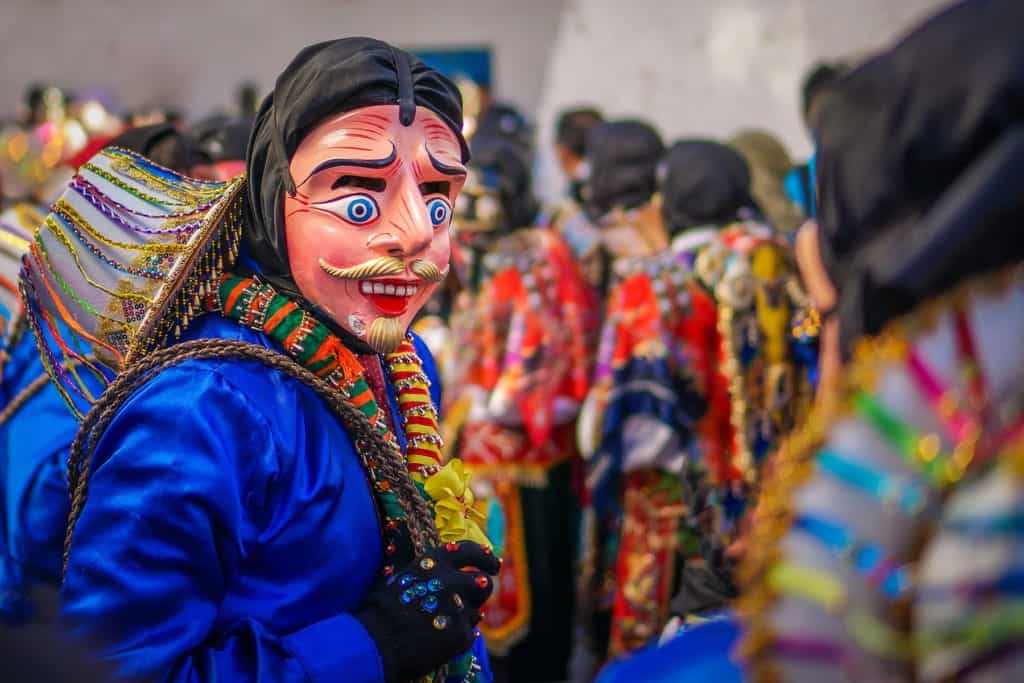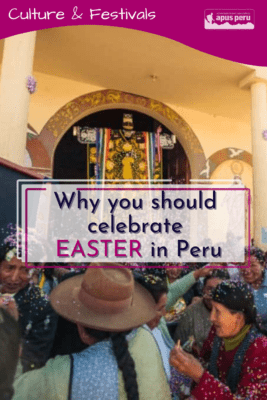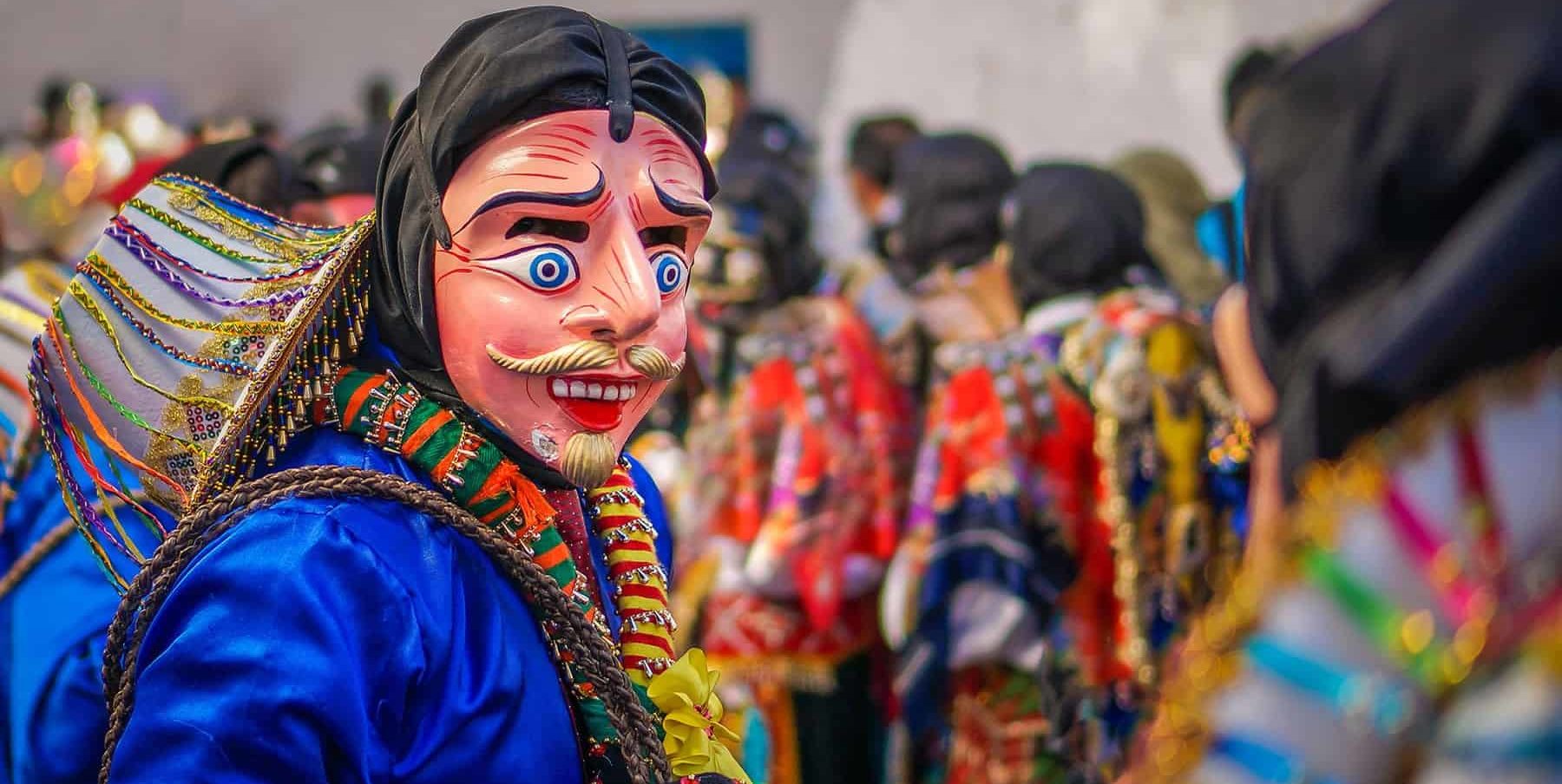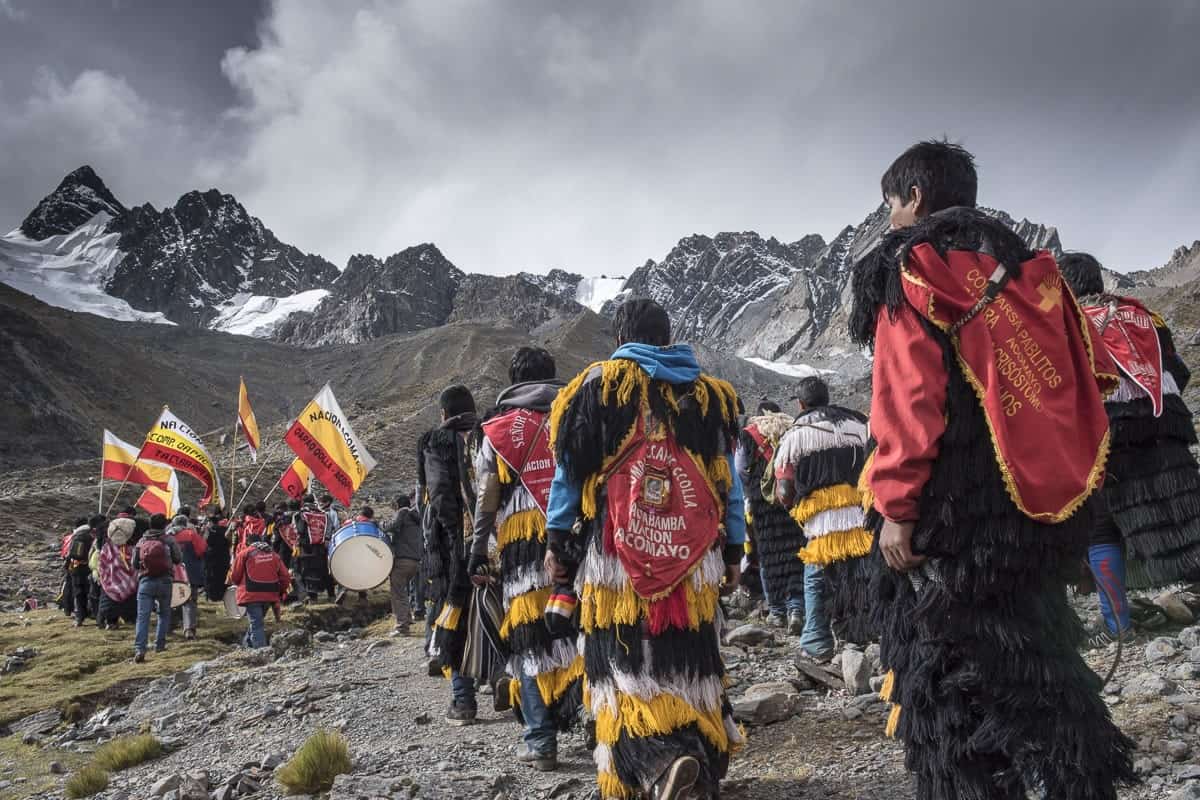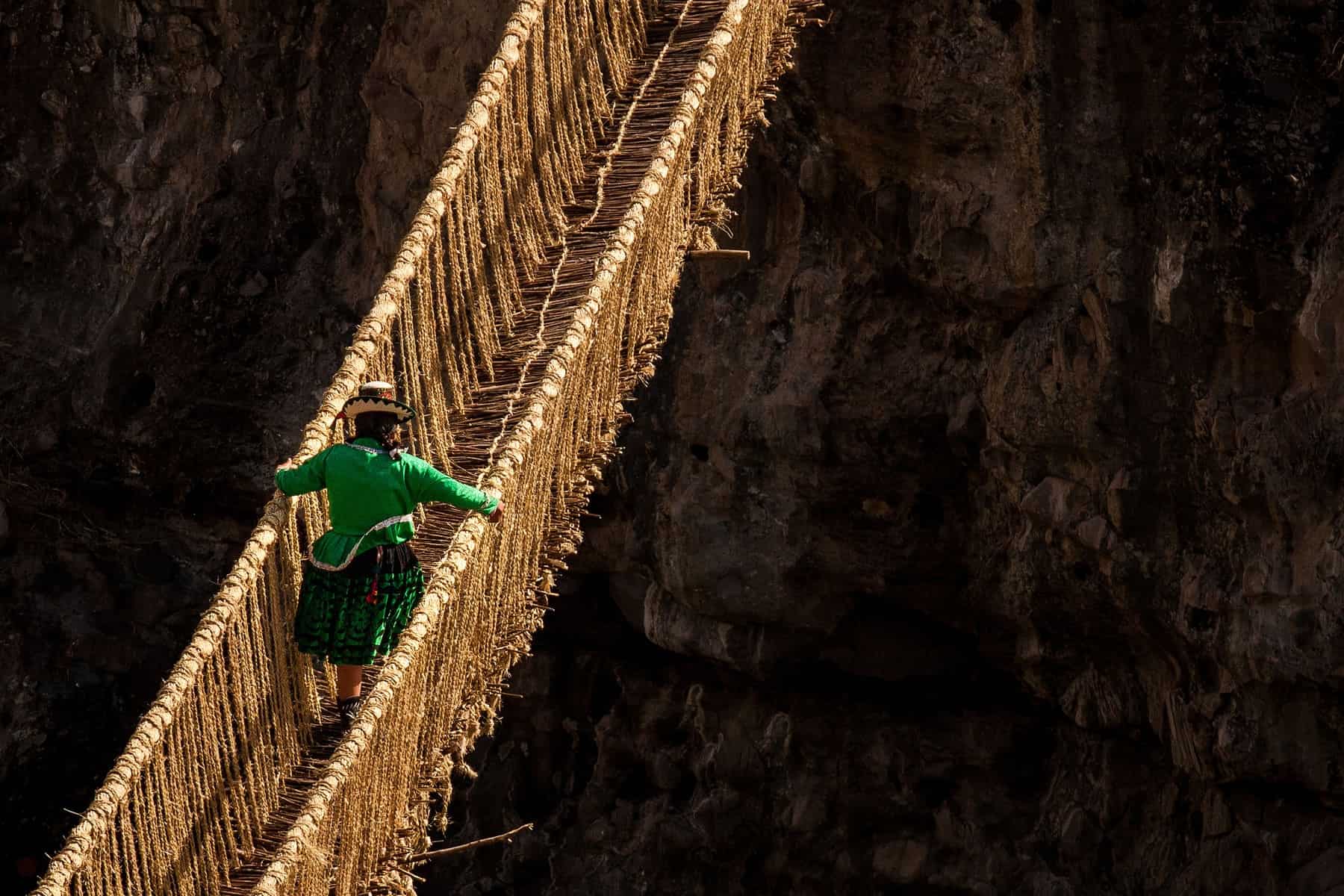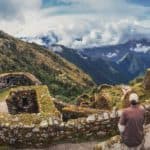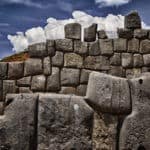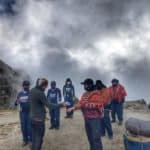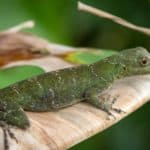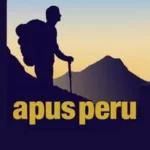When travellers decide to celebrate Easter in Peru instead of the classic Easter egg hunt, they can witness a whole host of traditions that are part of the syncretism found in the Andes and other regions. Like other holidays in Peru, this traditional Peruvian festival is about fascinating and unique experiences: different religious and cultural celebrations take over the streets of several districts and provinces in the country for seven days.
Easter in Peru – or Holy Week (Semana Santa), as it’s known – is the perfect opportunity for all visitors who are looking for a cultural experience in the Andes!
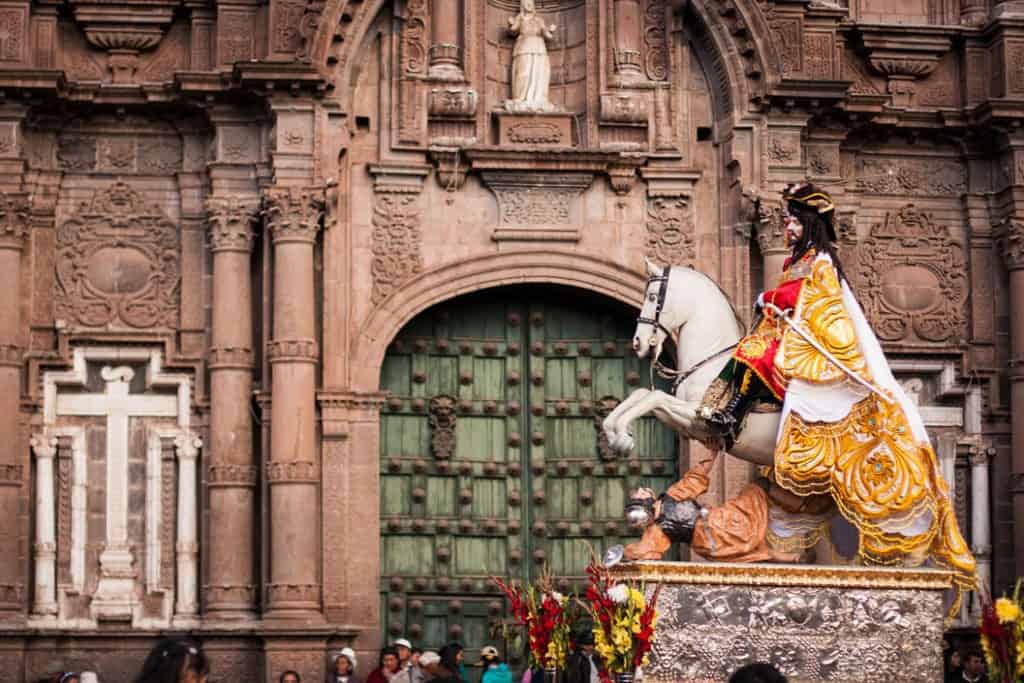
Easter Traditions in Peru
Let’s take a look at some of the Easter traditions that are popular in Peru:
- Holy Week. (Semana Santa) Like in other South American countries, in Peru the whole week is about traditions and celebrations. On Holy Thursday and Friday, people spend time together taking a break from work and academic activities.
- Feast. (avoiding red meat) During Easter in Peru, believers do not consume red meat. Instead, locals include in their menu a great variety of fish including the feast on Easter Sunday.
- Processions. On Holy Thursday it is common to observe masses of people following the procession to the seven churches. This act represents the seven times Jesus Christ stopped carrying the cross.
- Washing feet. Happening also on Holy Thursday, people wash the feet of 12 senior citizens just as Jesus did with the 12 apostles.
- Easter Sunday celebrations. During the week the main reflection is about the crucifixion, then on Holy Saturday and Easter Sunday parties and festivals take over the streets to honour the resurrection of Jesus.
- Typical Peru Easter traditions. Happening mostly in the coastal capital city of Lima, some American traditions have been introduced into the local culture. So, in the capital of Peru it’s common to see children and young people in the middle of an Easter egg hunt.
Quick Facts About Semana Santa in Peru
Before you immerse yourself into Easter in Peru, check out these Semana Santa facts that will blow your mind:
- In South America, many Easter celebrations are based on a mixture of Indigenous and European Catholic traditions.
- In some areas of Peru mostly in the Andes, locals chant in Spanish but also in the Quechua language during Easter festivities.
- Some of the most popular chants in Quechua are Apu Jesucristo and Apu Yaya Jesucristo
- On May 31, 1650 an earthquake hit the city of Cusco, but when locals took out of the church the crucifixion of Jesus Christ, the earthquake suddenly stopped.
- In Huaraz, after the processions that take place in main areas of town, locals end the festivity with the release of hundreds of live birds.

Holy Week in Peru
The biggest celebration takes place in the provincial city of Ayacucho. This city welcomes visitors who travel 12-14 hours to enjoy holidays and explore celebrations in Peru.
Here, locals participate with a lot of devotion in all of the Holy Week processions. Visitors who get the chance to be there during this special week can feel the devotion and religiosity in the air.
Far away from Ayacucho, in Cusco, Holy Week shows how Spanish heritage is adopted into an Andean context. The biggest religious procession happens on Monday when the Señor de Los temblores is walked around different streets of the city where locals meet to take part in this religious festivity. During the following days, locals get involved in different activities typical in Peru such as processions, the preparation of the Twelve Dishes, and fasting in remembrance of death and resurrection.
Palm Sunday
On this day, people usually congregate in the main plazas, cathedrals and churches so priests can bless their intricate palm leaf decorations.
Holy Monday
In Cusco, a huge procession takes place in honour of the Señor de los temblores (the Lord of the Earthquakes).
Holy Tuesday & Holy Wednesday
During these two days, people visit cathedrals and churches at different times for the mass of the day.
Holy Thursday
The main event on this day is to pay a visit to the Blessed Sacrament shown in all temples.
Good Friday
During Good Friday in Peru, some people stay at home for a quiet day commemorating the death of Christ, while others visit the city of Cusco to buy and sell medicinal plants in the market. Some other families travel along the Sacred Valley to the town of Calca to see the procession of the Santo Sepulcro (holy sepulchre).
Glory Saturday
In some areas it is common to observe some parties and street festivals mostly at night, when locals start to honor the resurrection of Christ.
Easter Sunday
If you wonder how is Easter Sunday celebrated in Peru, this is the first thing to know: it’s the biggest day of festivities, starting in the early in the morning with fireworks. Later on, people gather in the streets to taste local food and view cultural exhibitions commemorating Christ’s resurrection from the dead.
Peruvians have their own style for Easter Sunday celebrations. They set up parties full of colours, flavours and music in cities such as Lima, Arequipa, Ayacucho and Cusco where visitors are more than welcome to be part of the cultural celebrations. If you want to know how to celebrate Easter Sunday in Peru, you pretty much just need to head out into the street!

Easter in Ayacucho
The best Semana Santa festivities take place in the central Peruvian highlands where Ayacucho is located. From Palm Sunday until Good Friday, religious activities take place mainly in the Plaza de Armas. Arrive early to get the right spot and enjoy symbolic celebrations such as the candlelit procession of Jesus Christ on Good Friday.
Over the next several days, the city turns into an open-air scenario with art exhibitions, local music and food contests where tourists can experience a real cultural immersion with fellow communities, music, food, crafts and off course chicha, the popular drink made of corn.
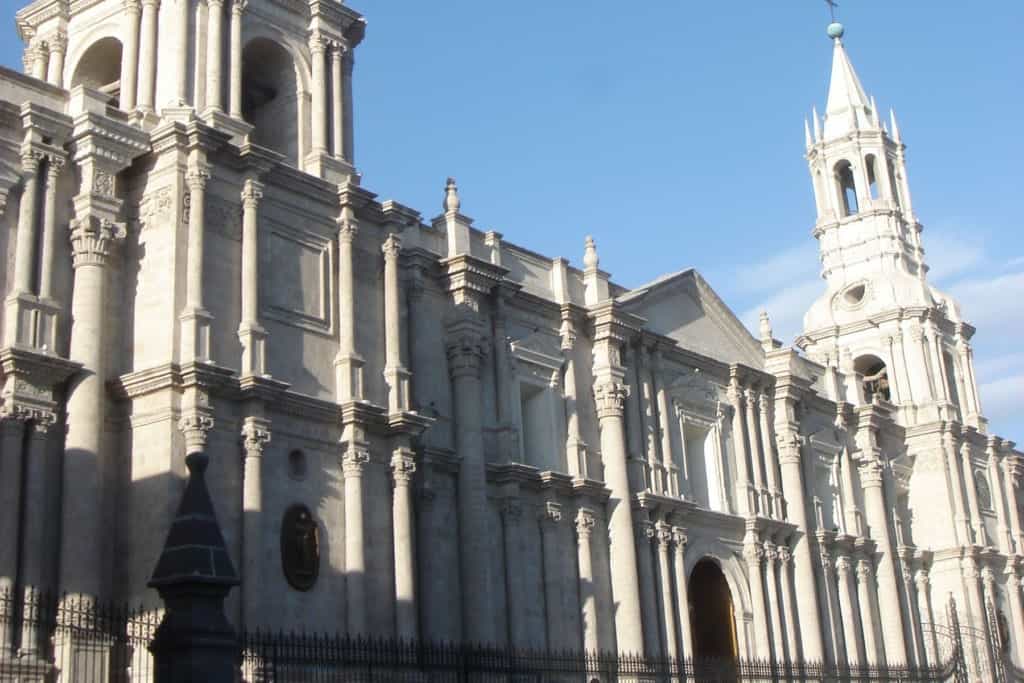
Easter in Arequipa
This southern destination welcomes all visitors with a cozy sunny climate and also with one of the most attractive views of the blue sky with the Colca Canyon as a background. For all Easter celebrations, we recommend to visit the nearby Village of Paucarpata where cultural and religious traditions take over the streets.
Arequipa is an important destination not just because of its lovely colonial architecture, but also because of the colourful streets decorated with local flowers and the abundant food on displaying during Easter. Here is where visitors can indulge themselves with delightful food, local flavors and textures.
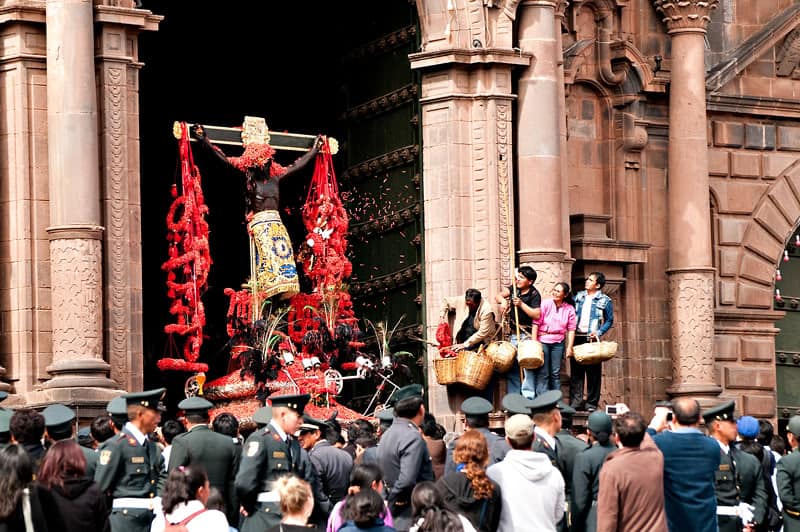
Easter in Cusco
People from Cusco have been worshipping the image of the Lord of the Earthquakes (Taytacha Temblores) since 1650 when an oil painting of Jesus on the Cross held off an earthquake that was rattling in the city of Cusco.
Locals believe firmly that image of Christ saved the city from major damage during the earthquake. Since then, the people of Cusco pack the main plaza of the city to honour Jesus carrying his image on Holy Monday.
This festivity can be the perfect opportunity for all fellow travelers who want to get a glimpse of how syncretic beliefs influence everyday life in the Andes. The iconic image of Jesus Christ is kept in the Cusco Cathedral, in the same spot where the Incas built an ancient temple to worship a pagan god (Apulla Tikse Wira) back in the day.
Another fact about Semana Santa happens during Easter when follower take out the image of the Lord of the Earthquakes in the streets of Cusco adorned with ñucchu flower (salvia esplendes), the same vivid red flower that the Incas used as an offering to the ancient gods Kon and Wiracocha.
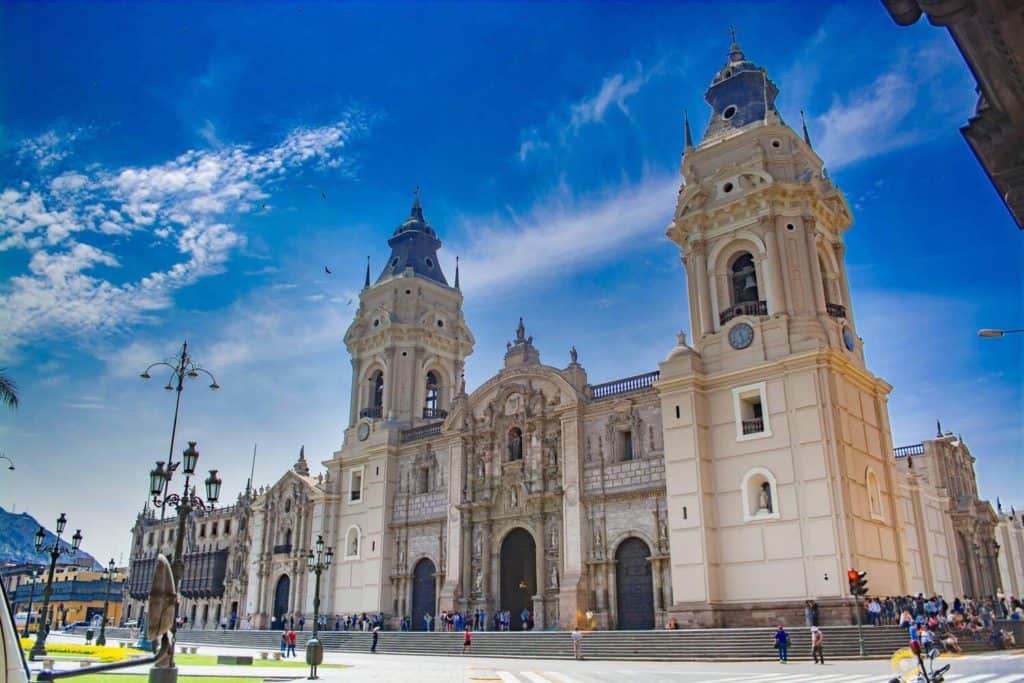
Easter in Lima
Lima is one of the most emblematic destinations for its architecture and religious art. Every year Limeños attend the traditional route of the seven churches including the Cathedral Basilica which is the largest church in Peru.
An interesting tradition in Lima is to carry empty bottles and collect holy water from the 7 churches. This tradition involves visiting the San Francisco Monastery and Catacombs, Santo Domingo Convent in the historic center, Nazarenas church, Santa Rosa de Lima church, San Pedro church, and the Basilica Nuestra Señora de la Merced.
More Celebrations for Holy Week in Peru
Huaraz
Huaraz is considered a must-visit place in Peru, and the perfect time to get to know this wonderful city and its cultural traditions is at Easter.
On Easter Sunday, two processions take over the streets of Huaraz. The processions start in two different churches and they go on two different routes. The figure of Jesus approaches from one area of the city, while Mary approaches from another direction. Before arriving at the main plaza, the processions meet and devout Catholics celebrate the reunion between Christ and his mother.
Tarma
This charming town located in the Andes hosts the most photogenic Easter Celebration in Peru. Every Easter people from Tarma deck out the city streets with carpets made of the region’s unique and colourful local flowers. All visitors who attend this Easter celebration can appreciate the talent of creative locals of all ages who decorate the whole processional path with beautiful flowers.
Trujillo, Cajamarca & Piura
We already talked about Easter celebrations happening in the main cities, but other areas in the north of Peru host parties and religious activities for everybody. In Trujillo for instance, the figure of Jesus on the cross is displayed in the main plazas, and 12 people wearing white clothes remove the nails from the crucified Christ.
By contrast, in Catacaos (a little town close to Piura) believers are all dressed in black showing respect for the death of Jesus. In Cajamarca, a fascinating tradition takes place during the main procession: A dressed-up donkey walks to the central church and on its way, the animal can eat the crops of any field he wants. Locals believe that the lands will be blessed when the donkey passes by.
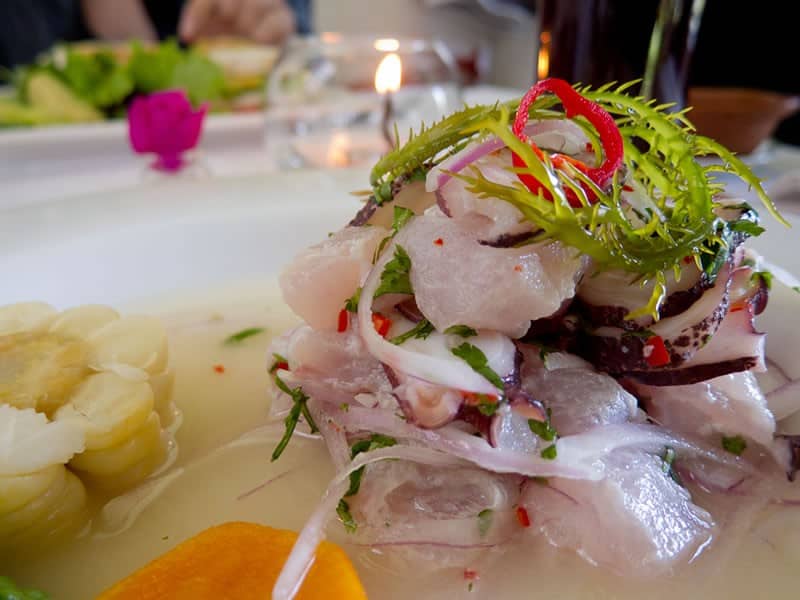
Easter Food in Peru
Peru has a gastronomic reputation worldwide, and the abundant food displayed during Easter pays tribute to that. Here we included some of the most delightful and traditional dishes to taste during Easter in Peru:
- Easter is the time of the year when locals consume lots of fish due to red meat being not permitted. This is also the time when ceviche, the most popular seafood dish, is on every dining table.
- Traditional Chupe de Viernes. On Good Friday it is common to enjoy this dish served with olluco (a root vegetable) accompanied by crayfish and a mixture of vegetables.
- The Last Supper. In honour of Christ’s Last Supper, people in Peru get together for the feast of the 12 dishes (los 12 platos) which does not include any particular menu just six savoury and six sweet dishes.
- Easter Sunday meal. In order to celebrate the resurrection of Christ, festivals and parties come around with a roar. So, Peruvians end the red meat fast with a popular dish called chiriuchu. This unique plate, served cold, includes a variety of meats, including cuy (Guinea pig), fish, meat jerky, corn and eggs.
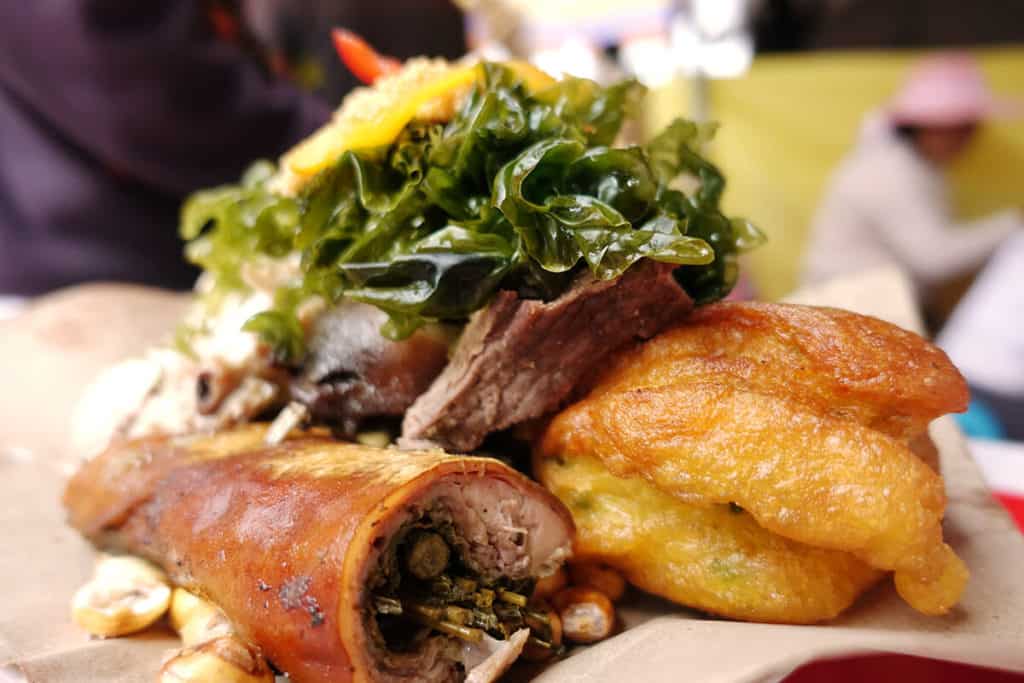
Easter in Peru: An Unforgettable Experience
If you like to immerse yourself in the local culture when you visit a new place, then planning your trip around the local holidays might make a lot of sense. You can visit Machu Picchu any day of the year – but there’s only one time of the year when you can experience Easter in Peru!
Peru – and especially Cusco – has a very active calendar of cultural events.
Another great time to come is June – known as “festival month” in Cusco – which is often the season for the amazing “Snow Star Festival,” Qoyllur Rit’i (*sometimes held in May), and culminates in Inti Raymi, the most important festival of all in Cusco.
Like it? Pin it!
Easter in Peru & More Cultural Tours
Ready to go? Get in touch with one of our Travel Experts and start planning your cultural trip to Peru today!
Keep Reading

